From Insider Online:
InsiderOnline Blog: March 2012
School Choice a Crime Fighter
Giving students a choice of schools appears to reduce crime—even if it doesn’t increase test scores. Research by David Deming, assistant professor at the Harvard Graduate School of Education, finds that high-risk male youth in the Charlotte-Mecklenburg (N.C.) school district “commit about 50 percent less crime as a result of winning the school-choice lottery.” Until recently, Charlotte-Mecklenburg had district-wide open enrollment with a lottery for assigning students to oversubscribed schools. Deming writes about his research in Education Next (Spring 2012):
Among [high-risk] students, winning admission to a preferred school reduces the average number of felony arrests over the study period from 0.77 to 0.43, a pattern driven largely by a reduction of 0.23 in the average number of arrests for drug felonies […] . The average social cost of the crimes committed by high-risk lottery winners (after adjusting the cost of murders downward) is $3,916 lower than for lottery losers, a decrease of more than 35 percent. (Without adjusting for the cost of murder, I estimate the reduction in the social cost of crimes committed by lottery winners at $14,106.) High-risk lottery winners on average commit crimes with a total expected sentence of 35 months, compared to 59 months among lottery losers.
Deming also notes that high-risk middle school students who win the school-choice lottery commit less violent crime but more property crime:
Because violent crimes carry greater social costs, however, winning a school-choice lottery reduces the average social cost of the crimes committed by middle school students by $7,843, or 63 percent. It also reduces the total expected sentence of crimes committed by each student by 31 months (64 percent).
One explanation, suggests Deming, is that students choose better schools and better schools provide valuable life skills, even if standardized tests do not measure those skills.




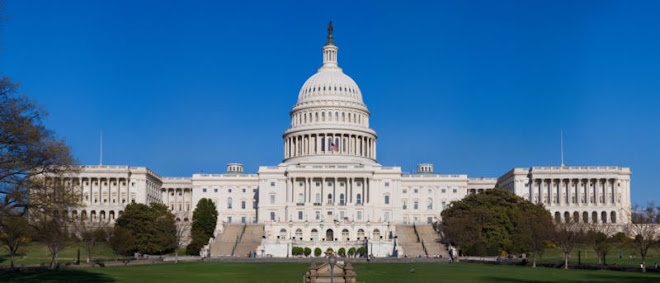
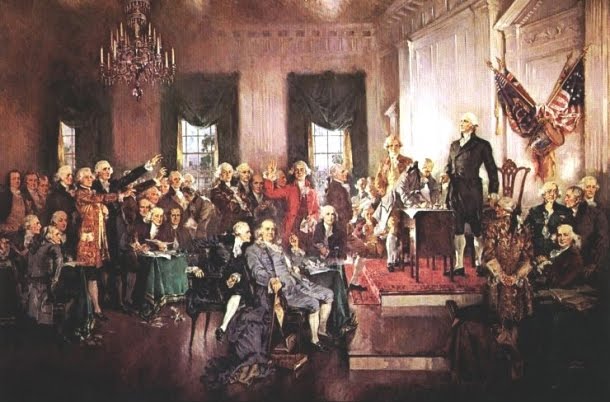
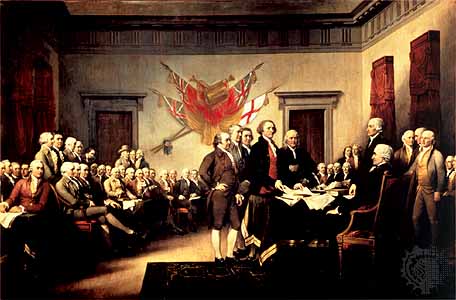
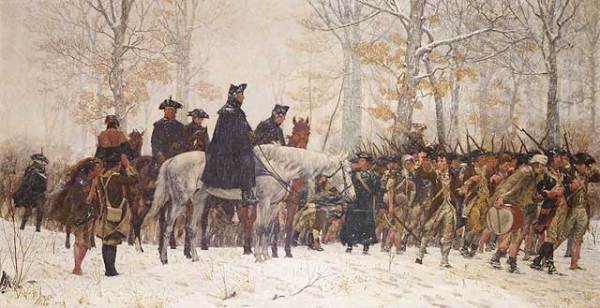
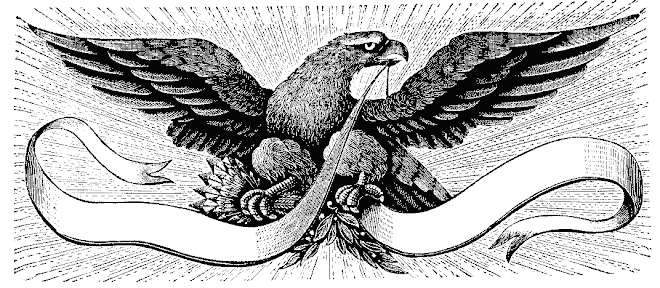


No comments:
Post a Comment